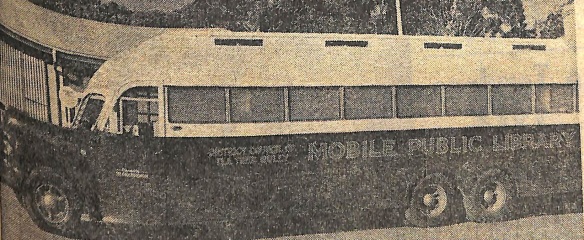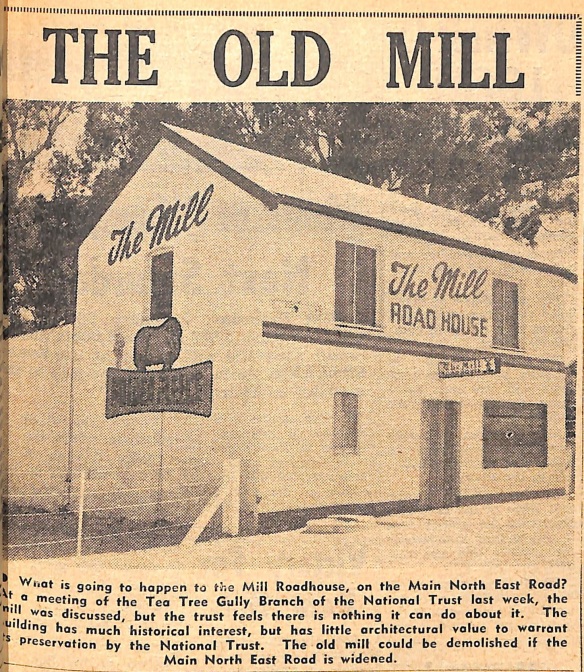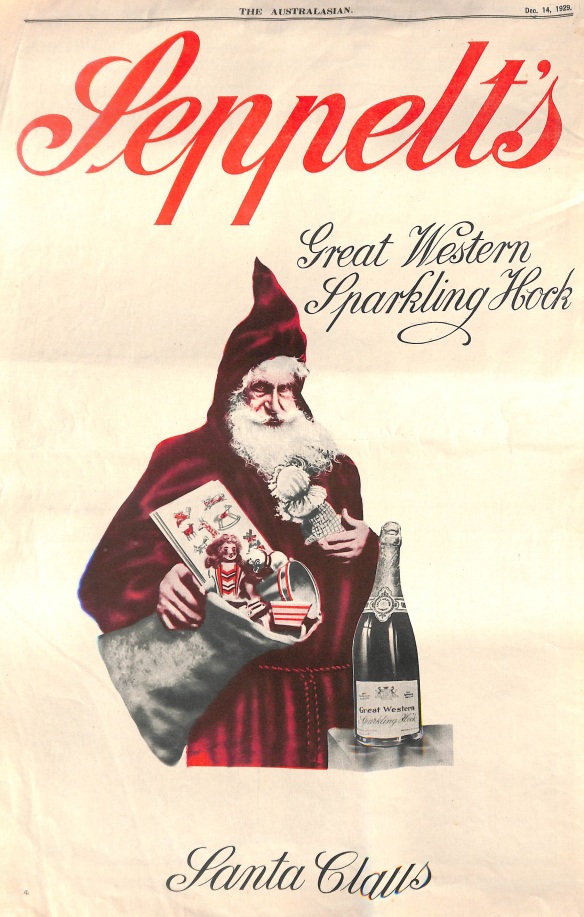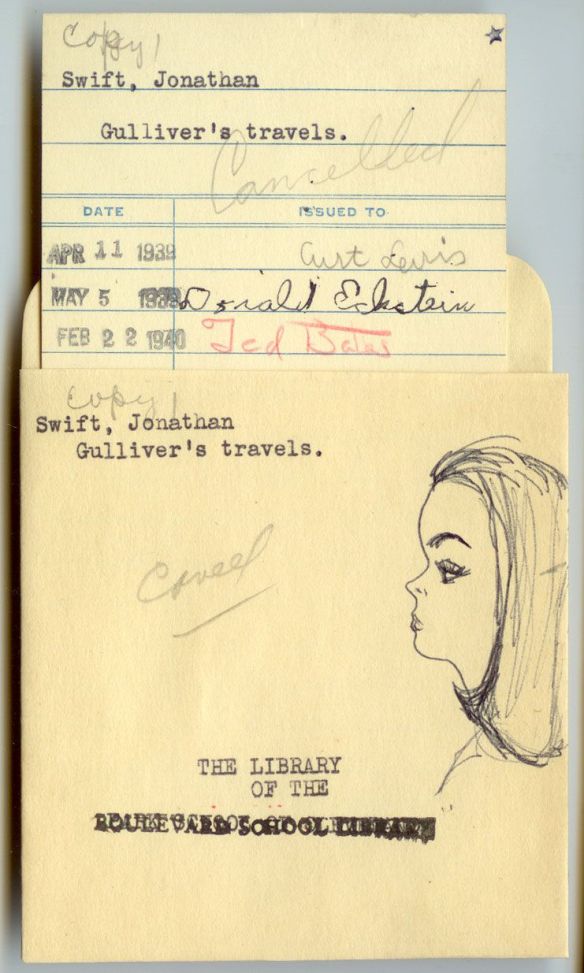Finnish librarian takes to the road
At the Tikkurila library, which is situated in the city of Vantaa in southern Finland, customers can sing along to pop tunes or to a selection of Finnish favorites in a custom built soundproofed karaoke booth.
The City of Tea Tree Gully may not have a karaoke booth but we can say that we have had a Finnish librarian employed here! On page 4 of the edition dated 25 November 1965 the North East Leader reported on the appointment of Miss Ulla-Maija Salonen to the City of Tea Tree Gully mobile library service.

Image courtesy of the State Libary of South Australia, North East Leader, page 4, 25 November, 1965
As stated in the newspaper article above, Ulla-Maija Salonen was a highly educated and accomplished young woman. She was also multilingual. The District Council of Tea Tree Gully was fortunate to have her in its employ. Ulla-Maija Salonen was also the first female librarian to work for the Tea Tree Gully Library. Ms Salonen held the equivalent of a Master of Science degree from the University of Helsinki and she had taught science at schools in New South Wales and Finland. She had worked as a medical science technician. Ulla-Maija had also joined the department of Botany at Adelaide University, before taking over from the Mr. Keech, Tea Tree Gully’s first librarian.
The Minister of Education, Mr. R.R. Loveday, officially handed over the mobile library to the Chairman of the District Council of Tea Tree Gully on Saturday 12 June, 1965, in the vicinity of a community centre on Memorial Drive at Tea Tree Gully. The bus began servicing the local community on Tuesday 15 June.

Image: North East Leader, page 1, 3 June, 1965
It was the second mobile library service to operate in South Australia, the City of Marion ran the first. The Library was actually a refurbished Department of Health vehicle which had formerly operated as a mobile x-ray unit!
The bus was a gift from the C.M.V. Foundation. Sidney Crawford established the C.M.V group in 1934 in South Australia, selling commercial vehicles to the transport industry. He set up the C.M.V. Group Foundation in 1953 to assist charities and those in need in the wider community. In total, the C.M.V. Foundation contributed 16,000 pounds towards establishing free public library services in the South Australian metropolitan area.
So where did all the books come from? The State Library of South Australia has provided this information about how public libraries were funded. In accordance with the Library (Subsidies) Act of 1955 and a 1958 amendment, the State Treasurer could subsidise local government to meet the costs of a establishing and running a public library, provided that the amount of funding did not exceed what Council spent in any financial year. A substantial amount of the books had to be of an educational or literary nature. The Annual report of the Libraries Board of South Australia of 1964/65 states on page 11 that “The Libraries Board supplied initial bookstocks new libraries at Millicent, Enfield and Tea Tree Gully.” Councils such as Tea Tree Gully paid money to the Libraries Board to be supplied with books; the amount of which was subsidised by an equal amount from the South Australian State Government.
The Mobile Library’s initial book stock was valued at 5000 pounds, which was a substantial investment in 1965. And the Library was fully air-conditioned, a very modern feature. When it was introduced, the Library service would have 5000 books in its collection. The bus was to hold 2,500 volumes on the shelves (a considerable amount) with the remainder of the books placed in reserve in storage (Page 1, North East Leader, 3 June, 1965). A driver-assistant library was also employed.
People of all ages were able to use the Library for free if they lived in Tea Tree Gully and surrounding areas. This was of great benefit to residents as at this time there were still Institute based libraries in South Australia, where people had to pay a subscription fee to borrow books and use the reading room.
The Mobile Library stopped in many locations around the district, for the convenience of residents: On streets, at local schools and post offices.

Image: North East Leader, page 8, 24 March, 1966
In the edition dated 24 March 1966, the North East Leader reported on changes to the mobile service timetable on page 4. This was to accommodate the librarian going to lectures in the city. We can presume that at this time Ulla-Maija commenced her course for the Libraries Board Registration Certificate at the public library in the Adelaide city centre, as referred to in the article from November 1965.

Note the amount of loans just for February: Members borrowed 1176 books for adults and 1,345 books for children! The new library was obviously very popular with younger readers.
For your interest, here is an article about new books which were purchased for the mobile library, printed on page 8 of the North East Leader from 28 April, 1966. It seems that historical romance was popular at the time.

As employment records are confidential, we do not know how long Ulla-Maija Salonen remained working for the Tea Tree Gully Council. However, by 1969 the North East Leader reported that Mr W. Bustelli was employed in the Library’s new premises, in the former Modbury school house at 561 Montague Road, Modbury.
Perhaps Miss Salonen secured a better job or one which was closer to home in Alberton. If she had married and started a family in the 1960s, Ulla-Maija would also have had to leave the workforce. Or she could have returned to Finland.
#waybackwhenwednesdays


























